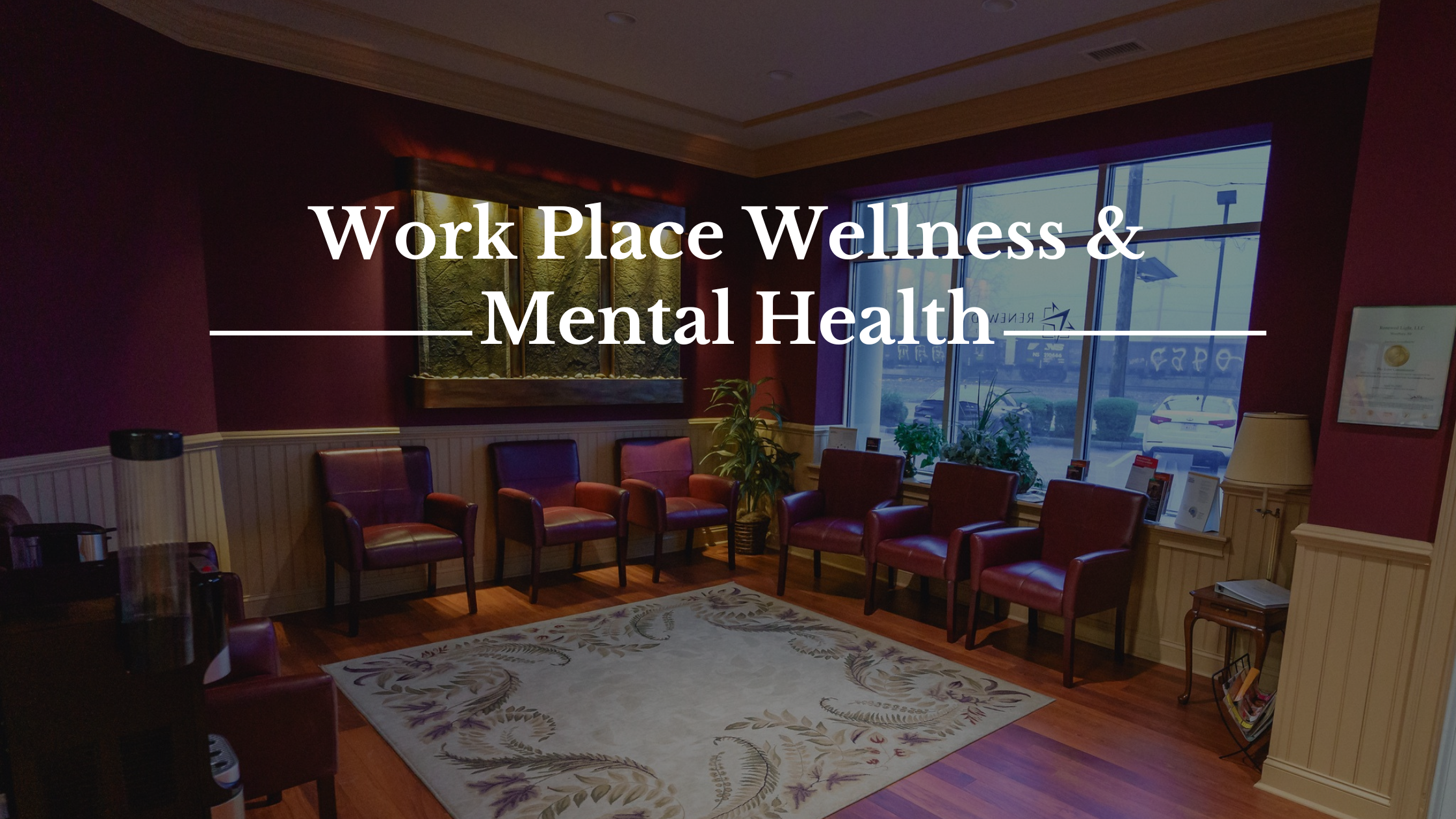In today’s fast-paced work environment, the concept of workplace wellness has gained significant attention. As organizations recognize the crucial link between employee well-being and productivity, there’s a growing focus on mental health in the workplace. Workplace wellness programs are becoming essential tools to promote work-life balance and address the rising concerns of workplace stress. These initiatives not only benefit individual employees but also have a positive impact on overall corporate wellness.
Implementing effective workplace health and wellness strategies can lead to numerous benefits for both employees and employers. This article explores the key advantages of workplace mental health wellness, including increased mental health awareness, improved employee engagement, and reduced absenteeism. We’ll delve into evidence-based interventions, discuss the importance of creating a supportive work environment, and highlight the role of leadership in promoting mental health resources. By the end, readers will gain valuable insights into how to foster a culture of well-being and reap the rewards of a mentally healthy workforce.
Understanding Workplace Mental Health Challenges
Work-related stress occurs when job demands exceed an employee’s ability to cope, challenging their knowledge and skills [1]. This stress can harm both employee health and business performance [1]. Common stressors include poor work organization, lack of control over processes, unsatisfactory conditions, and insufficient support [1].
Mental health issues significantly impact productivity, and anxiety are strongly associated with decreased work performance and increased absences [2]. Studies show that workers with depression experience a 35% reduction in productivity, contributing to an annual loss of $210.50 billion in the U.S. economy [3].
Employers face substantial costs due to untreated mental health conditions, estimated at $60,000 annually per organization [3]. Understanding these challenges is crucial for addressing productivity losses and improving employee well-being [2].
Implementing Evidence-Based Interventions
Organizations are increasingly adopting evidence-based interventions to promote workplace wellness. Employee Assistance Programs (EAPs) have emerged as a valuable tool, offering free counseling services to workers [4]. These programs, staffed by trained professionals, address immediate mental health challenges and provide holistic support [4]. Research indicates that for every USD 1.00 invested in workplace mental health programs, companies see a USD 4.00 return through increased productivity and improved health outcomes [4].
Cognitive-Behavioral Therapy (CBT) has proven effective in managing workplace stress. CBT helps individuals eliminate avoidant behaviors, facilitates stress management, and promotes balanced thinking [5]. Studies have shown CBT’s efficacy in treating various conditions, including chronic pain and anxiety disorders [5]. Additionally, mindfulness practices have gained popularity in corporate settings, with companies like Apple and Google incorporating them to enhance employee well-being and performance [6].
Fostering a Healthy Work Environment
Creating a healthy work environment is crucial for employee well-being and productivity. Organizations can implement various strategies to foster such an environment. Flexible work arrangements have been linked to reduced mental health issues and improved job satisfaction [7]. States with a higher percentage of flexible firms show considerably lower rates of depression, with a strong inverse relationship. This flexibility allows employees to better manage their time and responsibilities, leading to reduced stress levels and improved mental well-being [7]. Additionally, providing comfortable settings that alleviate noise, maximize air quality, and offer natural light can directly impact mental well-being [8].
Leadership’s Role in Mental Health Promotion
Leaders play a crucial role in promoting mental health in the workplace. By equipping managers with the necessary skills and tools through mental health training, organizations can create a supportive environment where employees feel comfortable discussing their concerns [9]. This training helps destigmatize mental health issues and normalizes topics such as stress, burnout, and anxiety [9].
Effective leaders set an example by prioritizing self-care and demonstrating a positive attitude toward mental health [10]. When managers model healthy behaviors, it encourages team members to do the same [10]. Creating a culture of open communication and providing resources for mental health support are essential steps in fostering a psychologically safe work environment [11].
Leaders can promote psychological safety by explicitly inviting input, responding productively to feedback, and embracing productive conflict [12]. By making psychological safety an explicit priority and facilitating open dialog, managers can create a climate where employees feel valued and supported [13].
Conclusion
Workplace wellness programs have a significant influence on mental health, contributing to a more engaged and productive workforce. By implementing evidence-based interventions, fostering a supportive environment, and prioritizing leadership’s role, organizations can create a culture that values employee well-being. These efforts not only boost individual health but also lead to improved business outcomes, showcasing the far-reaching benefits of investing in mental health initiatives.
As companies continue to recognize the importance of mental health in the workplace, the focus shifts to ongoing improvement and adaptation of wellness strategies. The key lies in maintaining open communication, providing accessible resources, and continuously evaluating the effectiveness of implemented programs. For more information on workplace wellness and mental health solutions, reach out to Renewed Light Mental Health Care. By making mental health a priority, businesses can build resilient teams, enhance job satisfaction, and ultimately create a thriving work environment that benefits everyone involved.
References
[1] – https://www.who.int/news-room/questions-and-answers/item/ccupational-health-stress-at-the-workplace
[2] – https://www.ncbi.nlm.nih.gov/pmc/articles/PMC9663290/
[3] – https://www.modernhealth.com/post/cost-of-poor-mental-health-in-workplace
[4] – https://journalistsresource.org/health/employee-assistance-programs-mental-health/
[5] – https://www.ncbi.nlm.nih.gov/pmc/articles/PMC8489050/
[6] – https://championhealth.co.uk/insights/benefits-mindfulness-at-work/
[7] – https://www.psychologytoday.com/us/blog/intentional-insights/202404/what-is-the-real-impact-of-flexible-work-on-mental-health
[8] – https://www.workdesign.com/2022/02/seven-ways-office-design-can-support-mental-health/
[9] – https://www.babbelforbusiness.com/us/blog/mental-health-training-for-managers/
[10] – https://www.jbs.cam.ac.uk/2023/leadership-and-mental-health/
[11] – https://www.fertifa.com/post/mental-health-training-for-managers
[12] – https://hbr.org/2023/02/what-is-psychological-safety
[13] – https://www.ccl.org/articles/leading-effectively-articles/what-is-psychological-safety-at-work/




